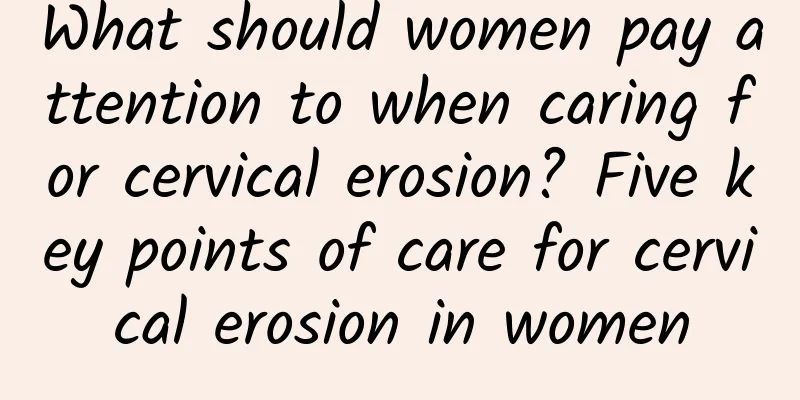30 years old is the high-risk age for uterine fibroids

|
Women over 30 are at high risk of uterine fibroids, especially those who have not given birth and are often depressed. If not discovered in time, it may harm multiple organs in the body. It is very important for women to have a planned and purposeful gynecological examination once a year. Early prevention and early treatment are the only way to be responsible for your own health. 1. High work pressure and no sex life; 2. Having normal sexual life and not getting pregnant without any contraceptive measures; 3. They have hardly ever had a physical examination, and often give up the gynecological examination organized by their workplace; 4. Have a history of gynecological diseases, such as cervical erosion, uterine fibroids, etc., but in the early stages; 5. Abnormal leucorrhea with odor; 6. Dysmenorrhea, irregular menstruation, either late or early menstruation; 7. Symptoms such as abdominal distension, abdominal pain, back pain, and unexplained weight loss often occur; 8. Often have negative emotions such as depression. Each of the above 8 conditions has hidden gynecological disease risks. The healthiest physical condition for women over 30 years old is: moderate stress and at least 1-2 satisfactory sex lives per week. In addition, women of this age basically need to complete a reproductive process and let the ovaries complete their mission. Only when these conditions are met can the body have a virtuous cycle. In addition, it is necessary to have a planned and purposeful annual comprehensive gynecological examination to prevent the occurrence of malignant tumors and other diseases, pay more attention to your menstrual status, maintain an optimistic mood, and conduct regular examinations for previous gynecological history. Be aware of it and don't deceive yourself or be too lazy to pay attention. You must be responsible for your own health. The age of 30+ is the peak period for uterine fibroids Target population: All women over 30 years old, especially those who have not given birth and are often depressed. Uterine fibroids are the most common benign tumors of the female reproductive organs: Studies have found that about 20% of women aged 30 to 50 suffer from uterine fibroids, and the disease has been increasing in recent years. Although uterine fibroids are benign tumors and most symptoms are not obvious, if not discovered in time, they will endanger multiple organs of the body and may also cause infertility. Therefore, early prevention and early treatment are very necessary. |
<<: Uterine fibroids quietly "crawl" into the heart
>>: Belly fat may be caused by uterine fibroids
Recommend
Look at the difference between medical abortion and surgical abortion, and learn how to choose!
Medical abortion and surgical abortion are two co...
What treatments should be used for irregular menstruation in adolescence
What treatment is used for irregular menstruation...
What is the difference between malignant and benign hydatidiform mole?
The main difference between malignant and benign ...
What is chronic cervicitis
Chronic cervicitis is the most common gynecologic...
Remove armpit fat! Do 4 quick stretching exercises
The following exercises can strengthen your mitra...
What are the treatments for vaginitis?
What are the treatments for vaginitis? The treatm...
What are the early symptoms of pelvic effusion?
Pelvic effusion is a very harmful gynecological d...
Eating New Year dishes can help you gain muscle and lose fat! Nutritionists teach you how to make your own "good muscle, easy fat loss" New Year's Eve dinner
The Spring Festival is approaching, and the whole...
Eat too much during Chinese New Year? Homemade 2 kinds of anti-edema drinks
During the Chinese New Year, people do nothing bu...
What are the causes of pelvic peritonitis
What causes pelvic peritonitis? Why are women ver...
Stand for at least 6 hours a day to reduce the chance of gaining weight
A new study published in Mayo Clinic Proceedings ...
Several common gynecological diseases that can cause dysmenorrhea
The occurrence of dysmenorrhea often brings a lot...
Can I get pregnant with a thin endometrium?
The uterus plays an important role in women's...
What should I do if I have uterine fibroids? How to treat uterine fibroids?
What should you do if you have uterine fibroids? ...
What is the best food for pelvic effusion?
What is the best food for pelvic effusion? There ...









